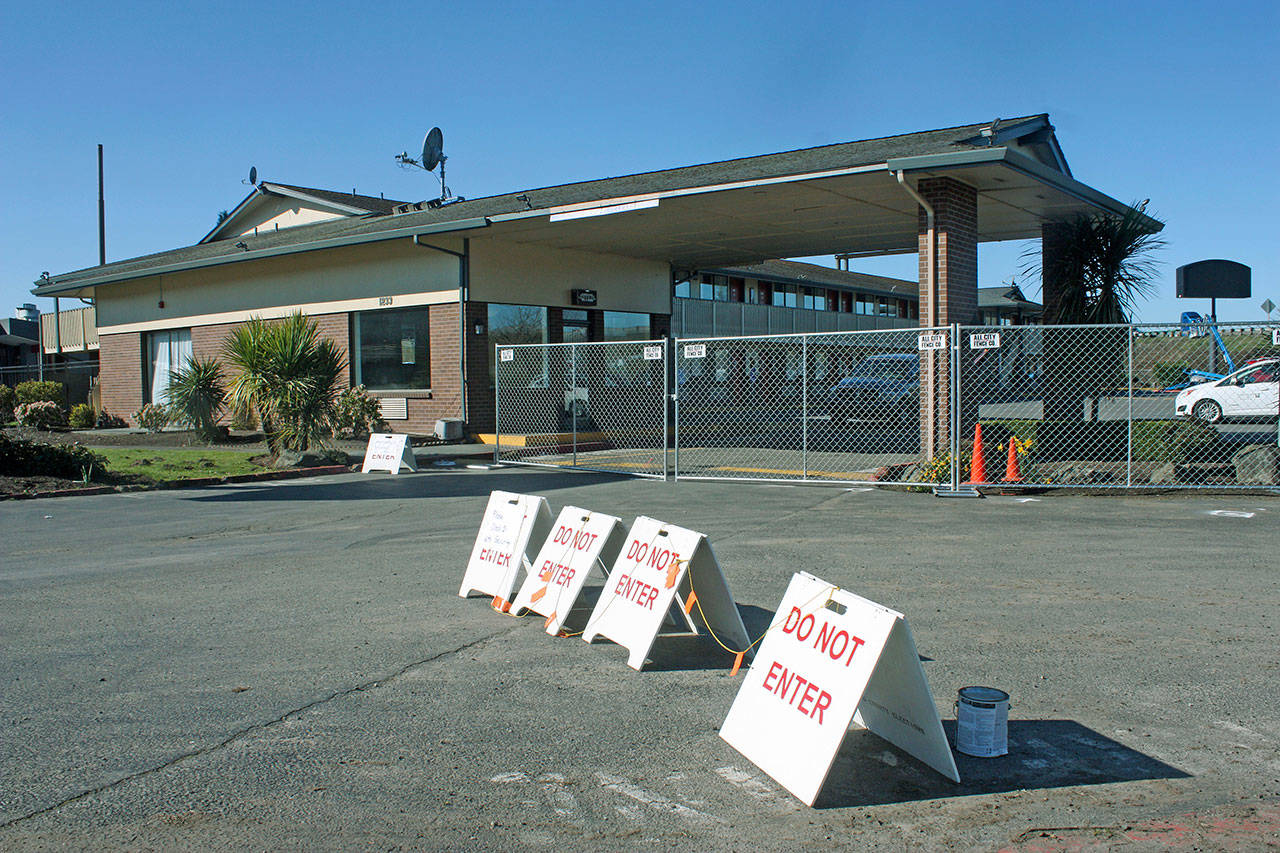A man in his 60s with COVID-19 residing at the Kent isolation and quarantine (I&Q) facility died overnight on Sunday.
A routine check by medical staff found the man unresponsive at 9 a.m. Monday morning, according to a Public Health – Seattle & King County media release.
The individual was living homeless and had arrived at the Kent facility on Friday, April 17. The King County Medical Examiner’s Office will determine the cause of death.
“We are all saddened by the death of our guest,” said Leo Flor, director of the King County Department of Community and Human Services and Patty Hayes, director of Public Health – Seattle & King County. “People living homeless are more vulnerable to many health conditions, including COVID-19. We will continue to work around the clock to ensure that all King County residents, including those without a home, have a dignified place to be when receiving care for this virus.”
Public Health – Seattle & King County announced 112 confirmed cases of COVID-19 among people living homeless or working in homeless services sites. This includes two confirmed deaths.
King County I&Q facilities are for individuals needing a place to stay while having suspected or confirmed COVID-19 illness. Each individual receives care and monitoring by medical professionals.
Seventy people are currently staying in King County isolation, quarantine and recovery facilities.
The number of residents at King County’s isolation and quarantine sites is included in regular updates provided by Public Health. No other identifying or personal information is provided.
Monitoring cases among people living homeless
The Washington State Department of Health conducts follow-up interviews with people who test positive for COVID-19, including asking whether the person lived or worked in a homeless shelter. In addition, we’ve directed homeless services providers and health care providers to notify Public Health if they learn of a case of COVID-19 or COVID-19 like illness in someone living homeless. Even with these proactive measures, it can be difficult to have a comprehensive count of COVID-19 cases among people living homeless given the ever-changing population.
About COVID-19 response
The COVID-19 homelessness response is a collaboration between Public Health, King County Department of Community and Human Services (DCHS) and the City of Seattle Human Services Department (HSD) working closely with homeless service providers. This includes shelters, day centers, permanent supportive housing sites, health care providers, jail release coordination, outreach workers, nurses in shelters and permanent supportive housing. We’re grateful to the many homeless services and behavioral health staff and providers who are essential workers at this time.
Starting early in the outbreak in King County, Public Health worked with homeless services providers to give guidance to prevent outbreaks before there were cases. Since that time, we have continued to provide information on infection control and prevention in briefings to 200+ providers each week.
We’ve also deployed clinical support teams to homeless services sites to provide guidance on sanitation and hygiene as well as recommended spacing in facilities. These teams also help to coordinate needed disinfection and hygiene supplies through a centralized order and distribution process.
Response to confirmed cases
When Public Health learns of a case of COVID-19 at a homeless services site, a clinical “strike team” quickly visits the site. They assess the level of contagion, coordinate testing, talk with individuals exhibiting symptoms, offer recommendations for swift action to contain the outbreak, and refer people to isolation or quarantine or recovery sites as needed. We deployed the first strike team on April 3 and strike teams continue to respond to outbreaks in the homeless community.
Isolation, quarantine and assessment/recovery facilities
Strike teams connect people to isolation, quarantine and assessment/recovery sites to help people recover from illness while slowing the spread of the virus and preserving hospital beds for the most acutely ill. For individuals living homeless (and for others unable to self-quarantine or isolate in their homes), the county has opened five facilities for isolation, quarantine and assessment/recovery, and has four additional sites in the works. The sites provide space, health and behavioral health care, food and other necessities for individuals to isolate or self-quarantine safely.
“Testing, isolation and quarantine are all important elements in slowing the spread of COVID-19,” said TJ Cosgrove, lead of the COVID-19 homelessness response group for Public Health. “That said, there’s no substitute for keeping people healthy in the first place. That’s why we’ve invested so much work in early guidance, technical assistance and in de-intensifying shelters so people living homeless – particularly those with underlying medical conditions – have less exposure to others.”
Additional prevention measures
Reducing the density of people in existing shelters to allow for greater social distancing is an important strategy to reduce the risk of infection—a strategy known as “shelter de-intensification.” King County has created temporary shelter space at the King County Administrative Building and the King County International Airport. City of Seattle also opened the Seattle Center Exhibition Hall, Fisher Pavilion and two community centers to support shelter social distancing and is on track to open 95 new beds and tiny homes by months end.
King County also recently supported shelters in moving staff and guests into hotels, further slowing the spread of illness while also providing hotel operators with income during a difficult economic time.
Talk to us
Please share your story tips by emailing editor@kentreporter.com.
To share your opinion for publication, submit a letter through our website https://www.kentreporter.com/submit-letter/. Include your name, address and daytime phone number. (We’ll only publish your name and hometown.) Please keep letters to 300 words or less.

